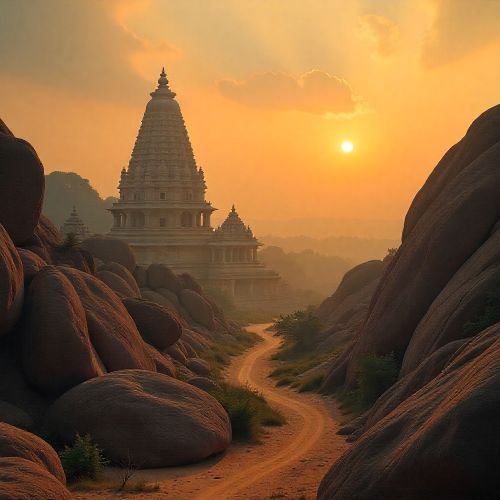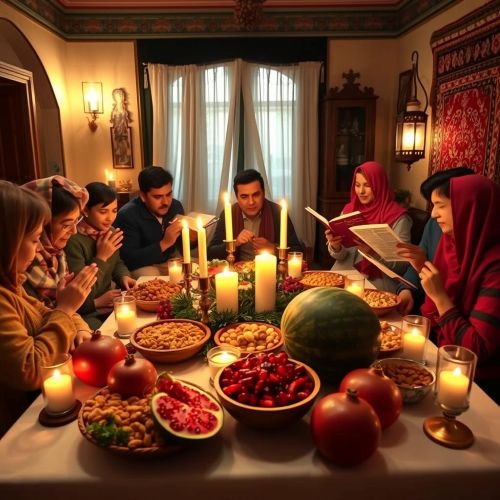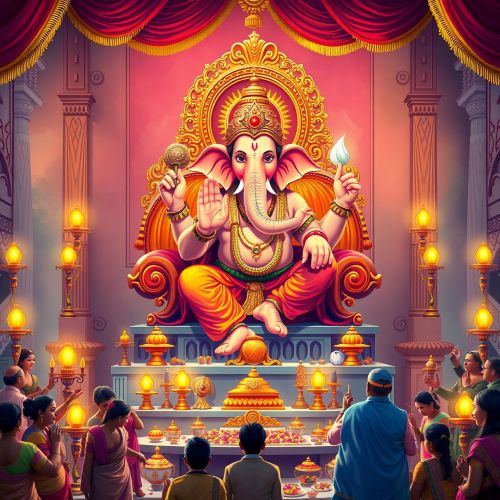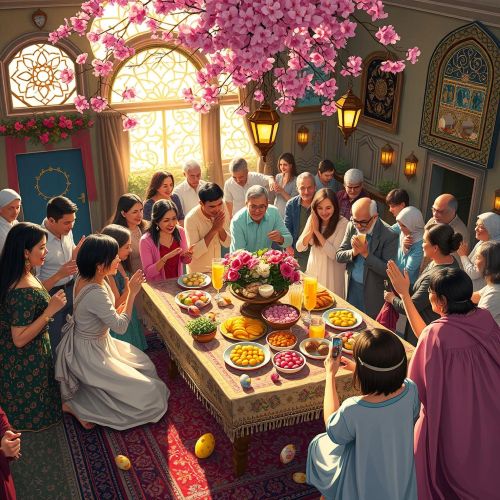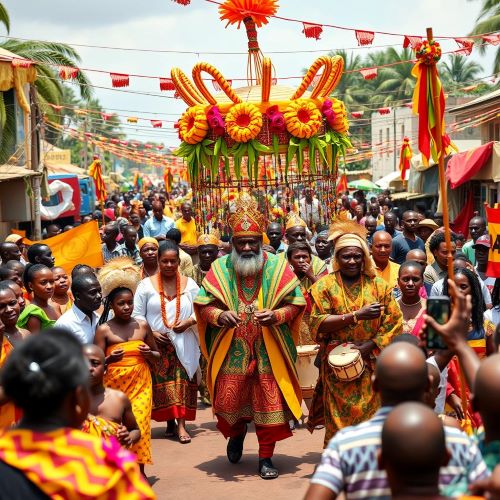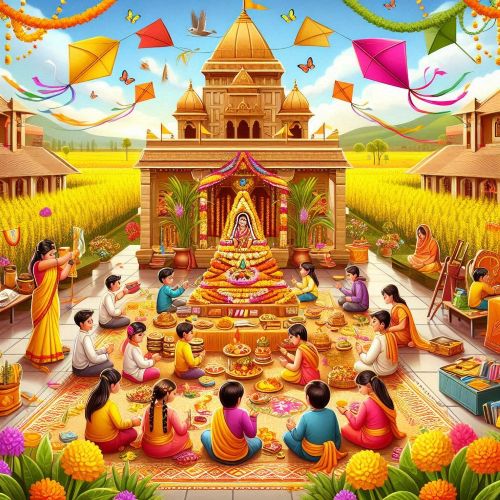
Vasant Panchami : Celebration of Knowledge
At a glance
| Description | |
|---|---|
| Location | All over the country |
| Country | India |
| Dedicated To | Lakshmi |
| Duration | 1 day |
| Time of Year | January – February |
Introduction
Vasant Panchami, also called Basant Panchami, is one of India’s most radiant and spiritually uplifting festivals, celebrated on the fifth day (Panchami) of the bright fortnight in the Hindu month of Magha (January–February). It marks the onset of spring (Vasant Ritu), a season symbolizing fertility, creativity, and new beginnings. Across northern India, mustard fields bloom in brilliant yellow, reflecting the festive color of the occasion. People dress in yellow, prepare saffron-infused dishes, and offer prayers to Goddess Saraswati, the goddess of wisdom, music, and art. The festival not only celebrates nature’s renewal but also humanity’s quest for enlightenment and creativity. It signals the transition from the stillness of winter to the vibrancy of spring — a moment where life, color, and learning are reborn.
Connection with Mythology
Vasant Panchami is deeply rooted in Hindu mythology, carrying rich layers of symbolism and divine stories that celebrate life, love, and knowledge.
The most revered legend associates this day with Goddess Saraswati’s birth. According to ancient scriptures like the Devi Bhagavata Purana, Lord Brahma, the creator of the universe, felt dissatisfied with the silence that filled the world after creation. To bring speech, music, and knowledge into existence, he manifested Saraswati, who brought rhythm and intelligence to the cosmos. It is said that she appeared on this very day — hence Vasant Panchami is observed as her birthday, and devotees worship her for wisdom and creative inspiration.
Another story from the Matsya Purana links the festival to Kamadeva, the god of love. When Lord Shiva went into deep meditation after Sati’s death, the world lost its balance. The gods urged Kamadeva to awaken Shiva so life could resume. Kamadeva shot his floral arrow, stirring Shiva’s emotions but incurring his wrath — Shiva’s third eye burned Kamadeva to ashes. Kamadeva’s wife, Rati, performed intense penance, and on Vasant Panchami, her devotion was rewarded when Kamadeva was resurrected. This tale adds a romantic and emotional undertone to the festival, symbolizing love’s triumph and the renewal of life.
In eastern India, especially Bengal, another legend tells of poet Kalidasa, who was blessed by Saraswati on this day. Once mocked for his ignorance, Kalidasa prayed to the goddess, who bestowed upon him wisdom and poetic brilliance. His transformation from fool to literary genius is remembered as proof of the goddess’s divine grace.
Main Activities
Vasant Panchami is celebrated through rituals that reflect reverence for knowledge, learning, and the joy of spring. The central event of the day is the Saraswati Puja, performed at homes, temples, and educational institutions. Books, pens, musical instruments, and tools of learning are placed before the goddess’s idol, symbolizing the offering of intellect and creativity. Students refrain from touching these items until the puja is over, signifying respect for knowledge as sacred.
The color yellow dominates the day — symbolizing energy, optimism, and prosperity. Devotees wear yellow attire, and homes are decorated with marigold flowers and mango leaves. Families prepare dishes like saffron rice, khichuri, boondi laddoo, and kesar halwa, all tinted with hues of yellow. The color is not only linked with mustard blooms but also with Saraswati’s attire, representing the light of wisdom that dispels ignorance.
A beloved custom, especially in Bengal and southern India, is the Vidya-Arambha or Akshar Abhyasam — the ritual initiation of children into the world of learning. Young children write their first letters in rice or on slates under the guidance of elders or priests, invoking Saraswati’s blessings.
In Punjab and parts of North India, Vasant Panchami is known as Basant Festival, where kite flying takes center stage. The sky bursts with colorful kites, signifying freedom and joy. Historically, Maharaja Ranjit Singh popularized this tradition, turning it into a vibrant celebration of spring and unity.
Temples and cultural organizations organize music and dance performances, celebrating the artistic domains presided over by Saraswati. Traditional songs dedicated to her are sung, accompanied by instruments like the veena, tabla, and sitar.
Importance in Cultural History
Vasant Panchami holds profound significance in India’s cultural and educational heritage. It is not merely a religious festival but also a celebration of intellect, art, and seasonal transition. Ancient gurukuls and universities like Nalanda and Takshashila traditionally chose this day to begin new academic sessions, acknowledging the goddess as the source of wisdom.
The festival’s emphasis on learning underscores the Indian worldview that knowledge is divine and that education leads to liberation. Artists, writers, and musicians often dedicate their creations to Saraswati during this time, renewing their creative energy.
Vasant Panchami also mirrors India’s agricultural rhythm. As mustard fields bloom and crops begin to mature, farmers celebrate the bounty of the earth. It is seen as a day of gratitude for nature’s generosity and the harmony between human life and the environment.
In regions like Bengal, Odisha, and Assam, grand Saraswati Pujas are organized in homes, schools, and public spaces, echoing Durga Puja’s communal spirit. In Punjab, the festival transforms into a joyous carnival with fairs, folk songs, and kite-flying competitions. Rajasthan and Madhya Pradesh mark the day with folk dances and regional delicacies, while in southern India, it is integrated with temple rituals and classical music performances.
Another significant aspect of the festival is its role as a precursor to Holi, celebrated forty days later. The spiritual and seasonal themes of Vasant Panchami — renewal, color, and joy — naturally evolve into Holi’s full-blown celebration of life and unity.
International Appeal
The charm of Vasant Panchami has transcended Indian borders, becoming a global celebration of learning and spring. In Nepal, Bangladesh, and Indonesia, it is observed as Saraswati Puja or Hari Raya Saraswati, where students and teachers gather in temples to worship the goddess and mark the start of new academic cycles. In Bangladesh, major universities, including Dhaka University, declare a holiday to hold elaborate processions and cultural programs.
In Java and Bali, the festival marks the beginning of the Balinese Pawukon calendar, blending Hindu rituals with local customs. Temples are adorned with offerings of flowers, fruits, and incense, and traditional dances are performed in honor of Saraswati.
The Indian diaspora has also carried the tradition worldwide. In London, Southall’s community centers host cultural shows and kite festivals. New York and Toronto witness Saraswati Pujas organized by Bengali and Tamil associations. In Sydney, the Sri Venkateswara Temple holds classical performances and serves festive food. Even in Mauritius and Malaysia, Indo-Hindu communities celebrate the day with rituals and music that preserve their ancestral heritage.
Beyond its rituals, the universal appeal of Vasant Panchami lies in its message of renewal, creativity, and harmony. It bridges spirituality and intellect, reminding humanity that learning and beauty are sacred pursuits. As spring awakens the earth, so too does this festival awaken the human spirit — inspiring people to seek wisdom, embrace joy, and celebrate the eternal rhythm of life.
Source
Britannica, T. Editors of Encyclopaedia. (2025, March 12). Vasant Panchami. Encyclopedia Britannica. https://www.britannica.com/topic/Vasant-Panchami
Pernia’s Popup Shop. (2023, June 27). Vasant Panchami – The Meaning Behind the Festival 2025. https://www.perniaspopupshop.com/about-occasions/vasant-panchami
Vedantu. (2025, September 3). Vasant Panchami 2025: Significance, Celebrations, and Traditions. https://www.vedantu.com/blog/vasant-panchami-celebration
PujaYagna. (2020, December 6). Origin and Significance of Vasant Panchami festival. https://pujayagna.com/blogs/hindu-festivals/vasant-panchami
ByShree. Vasant Panchami: A Tapestry Of Springtime Revelry. https://byshree.com/blogs/news/vasant-panchami-a-tapestry-of-springtime-revelry
Eduyush. (2025, January 31). Basant Panchami 2025: Date, Puja Timings & Significance. https://eduyush.com/blogs/lifestyle/basant-panchami-trivia
ISKCON Ghaziabad. 10 ‘Must’ Things To Do On Basant Panchami 2024. https://iskconghaziabad.com/basant-panchami-2024-saraswati-puja
Frequently Asked Questions
Lorem ipsum dolor sit amet, consectetur adipiscing?
Lorem ipsum dolor sit amet, consectetur adipiscing elit. Praesent convallis vestibulum justo, ac tincidunt nunc vehicula quis. Nullam id dolor quis orci malesuada feugiat. Curabitur aliquet libero at urna ullamcorper, ac ultricies nulla dapibus.
Lorem ipsum dolor sit amet, consectetur adipiscing?
Lorem ipsum dolor sit amet, consectetur adipiscing elit. Praesent convallis vestibulum justo, ac tincidunt nunc vehicula quis. Nullam id dolor quis orci malesuada feugiat. Curabitur aliquet libero at urna ullamcorper, ac ultricies nulla dapibus.
Lorem ipsum dolor sit amet, consectetur adipiscing?
Lorem ipsum dolor sit amet, consectetur adipiscing elit. Praesent convallis vestibulum justo, ac tincidunt nunc vehicula quis. Nullam id dolor quis orci malesuada feugiat. Curabitur aliquet libero at urna ullamcorper, ac ultricies nulla dapibus.
Lorem ipsum dolor sit amet, consectetur adipiscing?
Lorem ipsum dolor sit amet, consectetur adipiscing elit. Praesent convallis vestibulum justo, ac tincidunt nunc vehicula quis. Nullam id dolor quis orci malesuada feugiat. Curabitur aliquet libero at urna ullamcorper, ac ultricies nulla dapibus.
Lorem ipsum dolor sit amet, consectetur adipiscing?
Lorem ipsum dolor sit amet, consectetur adipiscing elit. Praesent convallis vestibulum justo, ac tincidunt nunc vehicula quis. Nullam id dolor quis orci malesuada feugiat. Curabitur aliquet libero at urna ullamcorper, ac ultricies nulla dapibus.




